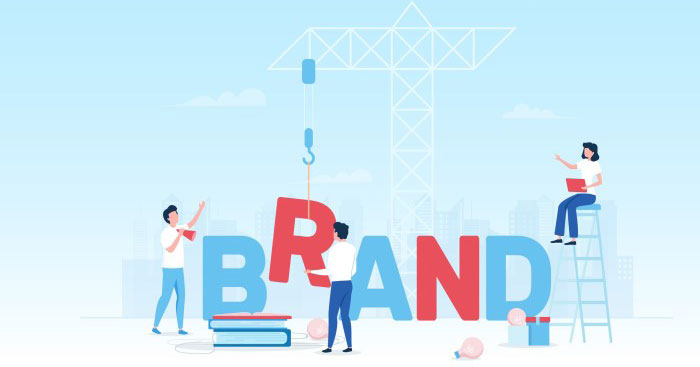The CCO role has been prevalent in the USA for the last 20 years. The first officially titled chief customer officer was Jack Chambers, in 1994 as CCO of Texas-New Mexico Power.
But even in the US, where it is most established, it is still really in the early stages of maturity. Outside of America, things are at an even more nascent stage. For instance, there are currently only 90 chief customer officers (CCOs) in the UK – through this number is 46% more than a year ago, and up from just 14 CCOs in the UK in 2014.
Momentum is steadily gathering, and the USA’s experience has paved the way for businesses in other countries to start looking at the CCO role and understand how they could take their learnings and apply them in their own territories as the role crosses from B2C to B2B.
Our knowledge of this growing trend, and the rising interest in this job role led us to commission a new report – The Chief Customer Officer Report – which looks in more detail at these developments, and how businesses are embracing customer-needs and transforming their operations to reflect them.
1. Why is there a growing interest in the role of chief customer officer?
At one of Comotion’s recent events, Stephen Ingledew, the former MD for customers & marketing at Standard Life, delivered a presentation about becoming a more customer-driven business, based on his many years of experience and lessons with established financial services businesses.
While he emphasized the importance of data and design thinking, he explained that there is no ‘silver bullet’ in the process of becoming customer-driven or implementing the transformation processes that stem from that. But what he did note, was that the expectation of change, agility, and welcoming diversity should be baked into organizational thinking to ensure that everyone is best placed to embrace the fact that ‘disruption becomes the norm’ in this changing world of ours. And that relies on the role of leadership.
Our research – based on conversations with over 50 business leaders and existing CCO – supports this view. It concluded that to become the "enterprise customers" requires a change in the structure of a business, that is needed innovation in leadership.
To realize this, the report points out that the CCOS not just know about the metrics of business, but also had to have strategic thinking, market development business & consumer goods, accompanied the CEO in strategic business development.
2. Do all companies require a CCO?
Depending on the size of the business operating activities which will clearly define the role of the CCO. Whether true fact, some businesses simply CCO role in the classification of customers as well as to adjust some business processes.
Assess true needs of a business for the role of the CCO is an integral part of the work cannot provide services to the best customers. This will help businesses offer training solutions and the development of this procedure as well as finding the right people to implement.
3. If you need a CCO, what are you looking for?
A CCO role is a complex one, and while there seem to be no specific qualification or backgrounds but it goes without saying that the role must satisfy the needs of each company individually and is often based on what a particular organization is trying to achieve. A business’s own digital maturity, marketplace, and the legacy situation have a huge impact on the specification of the CCO role.
Because the skill set and job description are so new and poorly defined, companies are having to educate themselves or seek support in order to make good hiring decisions in an increasingly competitive market.
4. Where can you find qualified candidates?
The job pool is conversely both large and small: large because the variety of backgrounds of current CCO’s is varied so more large corporate customer-facing roles could potentially morph into a CCO role. However, the job pool can also be considered small because it is a still a role that very few in the UK have held.
In short, finding candidates that have prior experience as a chief customer officer is a hard task, so you need to identify other qualities and experience that will make them a good fit for your CCO requirements.
5. What should CCOs focus on upon their appointment?
Having worked with companies undergoing these changes for a number of years, Comotion and Talecco believe that there are 5 stages to undertake this transformation:
a) Set-up – arguably the most important part to get right, this stage establishes the degree of alignment between senior leaders about how far and how fast the organization is willing to go in its journey towards being customer-driven. Some views of “what good looks like” can help at this stage.
b) Fix the basics – getting the quick wins in (the easier changes) to demonstrate the benefits and, moreover, start to engage employees in the journey.
c) Deliver on the promise – this is the “heavy lifting” phase where the serious changes get introduced.
d) Differentiate – pick on 1-2 things that will differentiate you from the competition.
e) Success - this is the stage where organizations can create a real customer.
Customers are "central figure" of all businesses. Every business must find ways to capture the demand trends of customer interest, establish links closely with our customers from the appropriate resources of the business. Sometimes the process of change can be challenging and take time, but ultimately it will be worth it and will lead to better customer relationships and financial growth.
Source Talecco











